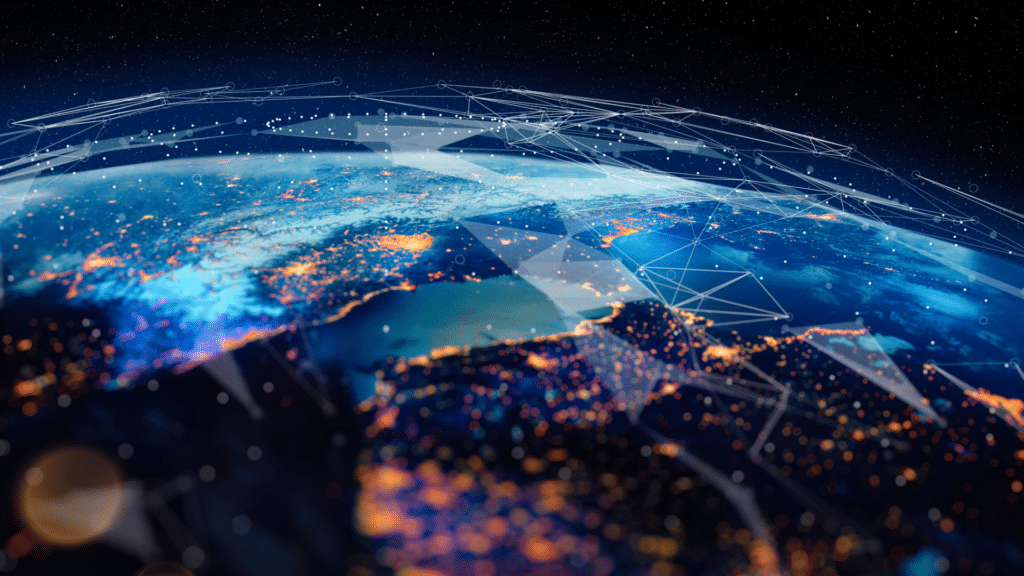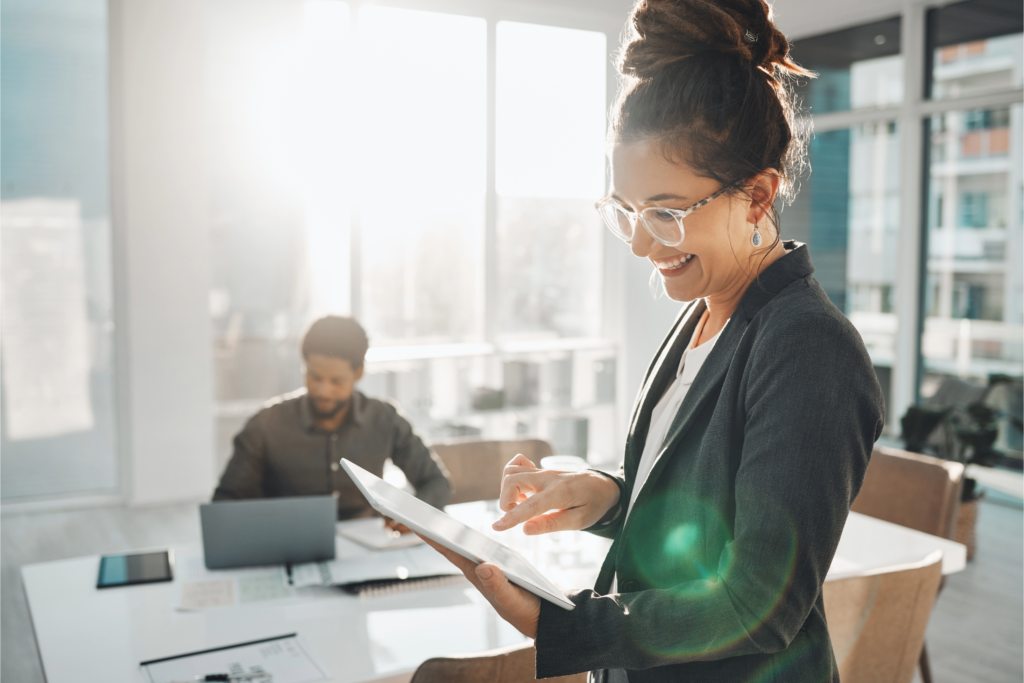Much has been written about the plethora of point tools drowning RevOps teams. On average organizations have at least 10 point tools. Yet despite all this investment, rep attainment levels are still at record lows. It’s not surprising that 56% of RevOps leaders view tool consolidation as a priority.
The urgency of consolidation has only increased over the last year with the end of the “growth at all costs” mentality. Instead, organizations are being challenged to do more with less and tasked with improving the efficiency of their revenue engines. Revenue teams with too many point tools are often highly inefficient and experience these common issues.
Technical Complexity: The use of multiple point tools creates a level of complexity that becomes difficult to manage and saddles an organization with technical debt. Every time a change in one system needs to be made, it impacts other systems. For example, when a sales rep leaves in the middle of the quarter, it requires updates to territories, quotas, lead routing, and more. Customized coding or workarounds may be needed to ensure that everything works in sync, leading to a highly-fragile RevOps ecosystem.
Reduced Productivity: It goes without saying that all of this complexity takes significant resources to manage. Changes that require IT support take these valuable resources away from other priorities.
Sales Downtime: It is not uncommon for seemingly small system changes to take what feels like forever. In the case of the rep that leaves mid-quarter, it can take weeks or even months to update all the related systems. During this time, how many leads are lost or misrouted? What happens to deals in progress? The upshot is sales downtime that has a negative impact on the organization’s ability to meet its goals. Even worse, confusion and a lack of transparency demotivates sellers and increases rep attrition.
Misalignment Between Strategy and Operations: Change is a constant in most organizations. Reorganizations, acquisitions, global pandemics, you name it, force the company to constantly re-adjust its GTM strategy. When change occurs, organizations with too many tools are unable to respond with agility. While leadership may have changed the marching orders, operations may be unable to execute quickly, making it challenging to achieve company objectives.
Poor ROI: Every piece of technology you own carries significant cost. Subscription costs, as well as training and administrative costs will drain your department budget quickly.
Redundant features: Many point tools often have redundant features that users may or may not even be aware of. The organization may be wastefully paying for functionality it is not using. Or worse, it may be using overlapping tools, leading to duplicate fields and terrible confusion over what is a reliable source of data.
Organizational Silos: The use of multiple point tools leads to organizational and data silos that impact the efficiency of the end-to-end revenue engine. When there are multiple system handoffs, it becomes difficult for the revenue functions to stay aligned and in sync. Marketing might route leads in one tool, while Sales and CS might build territories in another. It takes time and effort to bridge the gaps between these different silos so everything works as one coherent system.
When to Adopt a RevOps Platform
You may be just starting to build your RevOps tech stack or you may have already accumulated multiple point tools. In either case, when is it time to adopt a RevOps or Territory Management platform? We are not advising that you eliminate point tools completely. In some cases a best-of-breed solution can help you meet your goals better than what is offered in a platform. To determine what will drive your team’s efficiency, here are some considerations.
Map Your Lead-to-Renewal Process
The first step to choosing your tech stack is to map out your end-to-end lead to renewal process, from the first moment a lead enters your CRM to the renewal and upsell motions. Your RevOps tech stack should support the complexity of your GTM strategy as seamlessly as possible.
Your CRM is the foundation of your tech stack but for RevOps efficiency your technology also needs to support crucial GTM planning (territory, quota and capacity planning) and operations activities (lead routing, data hygiene, forecasting, and incentive compensation.), These activities are covered in this comprehensive article, Build Your B2B RevOps Tech Stack for Efficiency and Agility.
Conduct a Technology Assessment
Once you have your process mapped, do a deep dive assessment with your team or observe their work in action. The results will give you a good indication of whether your tech stack is hindering efficiency. If so, it may be time to consolidate these functions to a RevOps or Territory Management platform. Here are some important questions to consider.
- How well does your technology handle important GTM workflows? Are there gaps or breakdowns that take time and resources to address?
- Are you able to react with agility when GTM resources or strategies change mid-cycle? Is your plan often out of sync with execution? For example, if your territories change mid-year due to a reorganization, are you able to quickly adapt routing, quotas and compensation issues?
- How well does each technology integrate with your CRM? Are you constantly importing and exporting data into spreadsheets? Are there potential version control issues?
- Are there any feature redundancies in the tools in your stack? Are there additional capabilities that you are paying for but not using?
- Does your team often question which tool provides the best source of truth?
- Can any tools be removed without impacting the buyer’s journey or adding more time-consuming tasks to your team?
- Are any tools being used by different revenue functions in silos with little visibility to others?
Especially in today’s difficult economic environment, companies that maximize efficiency and business agility will win the next business cycle. If your team is bogged down updating systems and code, consolidating your tech stack will create efficiencies that benefit your organization and your customers.
A GTM platform such as Fullcast, can serve as the stable foundation for GTM plan agility. The platform makes it easy to integrate all your planning activities (territories, quotas, and capacity) with ongoing operations (role changes, routing, holdouts, account hierarchies, etc). Automation means that the Ops team is freed from manually executing configuration updates and troubleshooting interfaces and they can spend more time on strategy. With Fullcast, the cycle time to make changes or implement a new GTM plan is reduced to its absolute minimum so the sales team can turn on a dime.











